Iran plans to put homegrown satellites into GEOs within 10 years: Minister
Iran's Minister of Communications and Information Technology Issa Zarepour says the country plans to send domestically-developed satellites into geostationary equatorial orbits (GEOs) onboard homegrown launch vehicles within the next ten years.
Speaking in an interview with the official Islamic Republic News Agency (IRNA) on Sunday, Zarepour pointed to unfulfilled space projects from the previous Iranian administrations, stating that the fate of a number of indigenously-manufactured and foreign-built satellites that were set to be launched into space remains unknown.
He went on to note that the Iranian Space Agency (ISA) has seriously followed up on the matter, emphasizing that independence and progress in the aerospace sector are of paramount significance to the incumbent Iranian administration.
“Over the past two years, we have carried out a total of 11 research, orbital, sub-orbital and operational launches, and managed to successfully put our satellites into orbit,” the Iranian telecoms minister noted.
He underscored that Iran is still at the threshold of the space technology, stating that the Islamic Republic can send light satellites into low Earth orbits (LEOs), and plans to place semi-heavy and heavy satellites in the orbits in the near future.
“We are now back on the fast track of developing the country's space industry, and the trend will continue,” Zarepour said.
He highlighted that his ministry has drawn up a 10-year vision plan for the aerospace sector.
“Sending Iranian satellites into space onboard homegrown launch vehicles, and their placement in geostationary equatorial orbits (GEOs) – nearly 36,000 kilometers in altitude above Earth's equator – has been envisaged in the Vision Plan,” Zarepour said.
Addressing a ceremony in the capital Tehran on February 3 in commemoration of the National Space Technology Day, President Ebrahim Raeisi said Iran is now among the world’s top 10 countries in the field of aerospace technology.
He said Iran’s progress in aerospace was a realization of the “we can” motto, and a definite sign of turning sanctions and threats into opportunities.
The president also hailed the launch of homegrown research satellites into low Earth orbits (LEOs) and said Iranian scientists are presenting noteworthy innovations, achievements and products at the same time that enemies are trying to foster a sense of despair by means of their mainstream media.
Raeisi said the Iranian nation is after establishing a strong presence in space and will succeed against all odds.
Late last month, Iran successfully sent homegrown Mahda research satellite, along with two research cargos, to space onboard the domestically developed and manufactured Simorgh (Phoenix) satellite launch vehicle (SLV).
Mahda reportedly weighs 32 kilograms and its primary task is to test the satellite-related subsystems, verify the function of Simorgh SLV in dispensing space cargos, and evaluate the performance of new designs and the reliability of indigenous technologies in space.
Earlier, the Aerospace Force of Iran's Islamic Revolution Guards Corps (IRGC) had successfully put Soraya satellite into an orbit 750 kilometers above Earth in 11 minutes.
The research satellite, manufactured by the ISA, was launched with a Qaem-100 space launch vehicle (SLV). Qaem-100 is a three-stage SLV with solid fuel developed by the IRGC Aerospace Force.
Iran’s four-decade transport transformation
Jeffrey Epstein introduced Trump to 14-year-old girl, court documents reveal
Lebanese government offering free concessions to Israel: Lawmaker
US actions against Venezuela endanger peace, stability: Iran FM
Israel trying in vain to cover up blows suffered in Iran war: Top commander
VIDEO | Press TV's news headlines
Manhunt underway in South Africa after nine killed in mass shooting
VIDEO | With crippled tools, civil teams begin recovering bodies in Khan Yunis


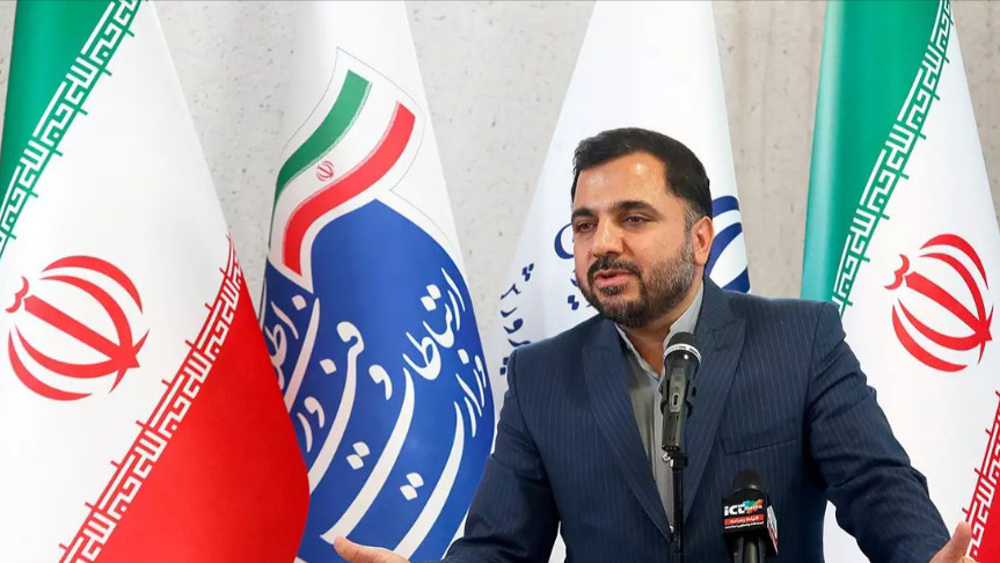

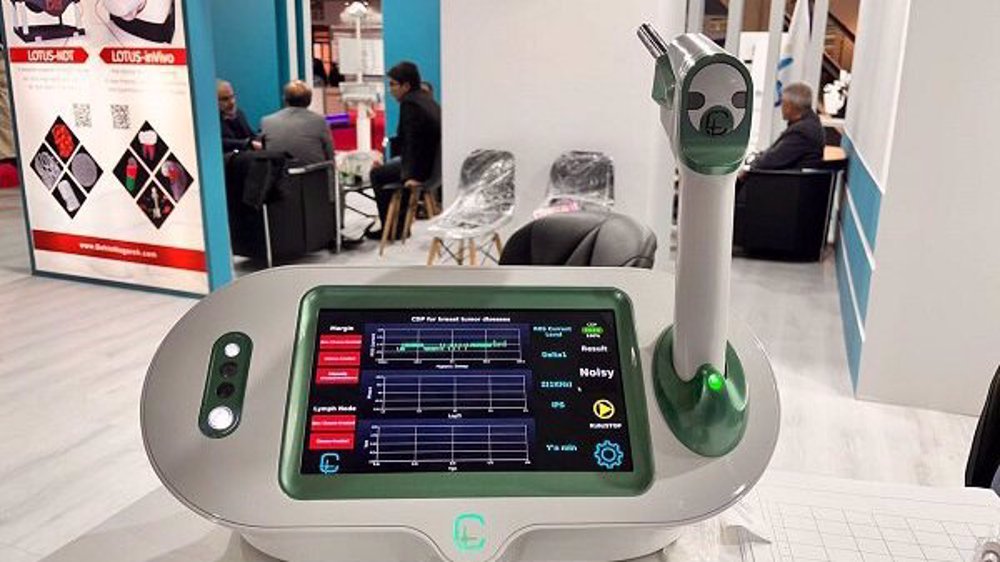





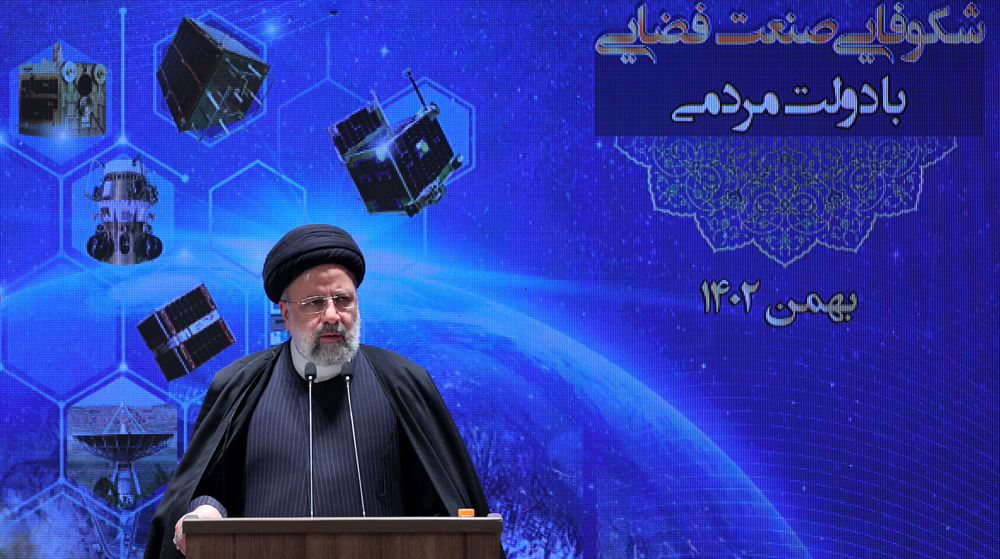

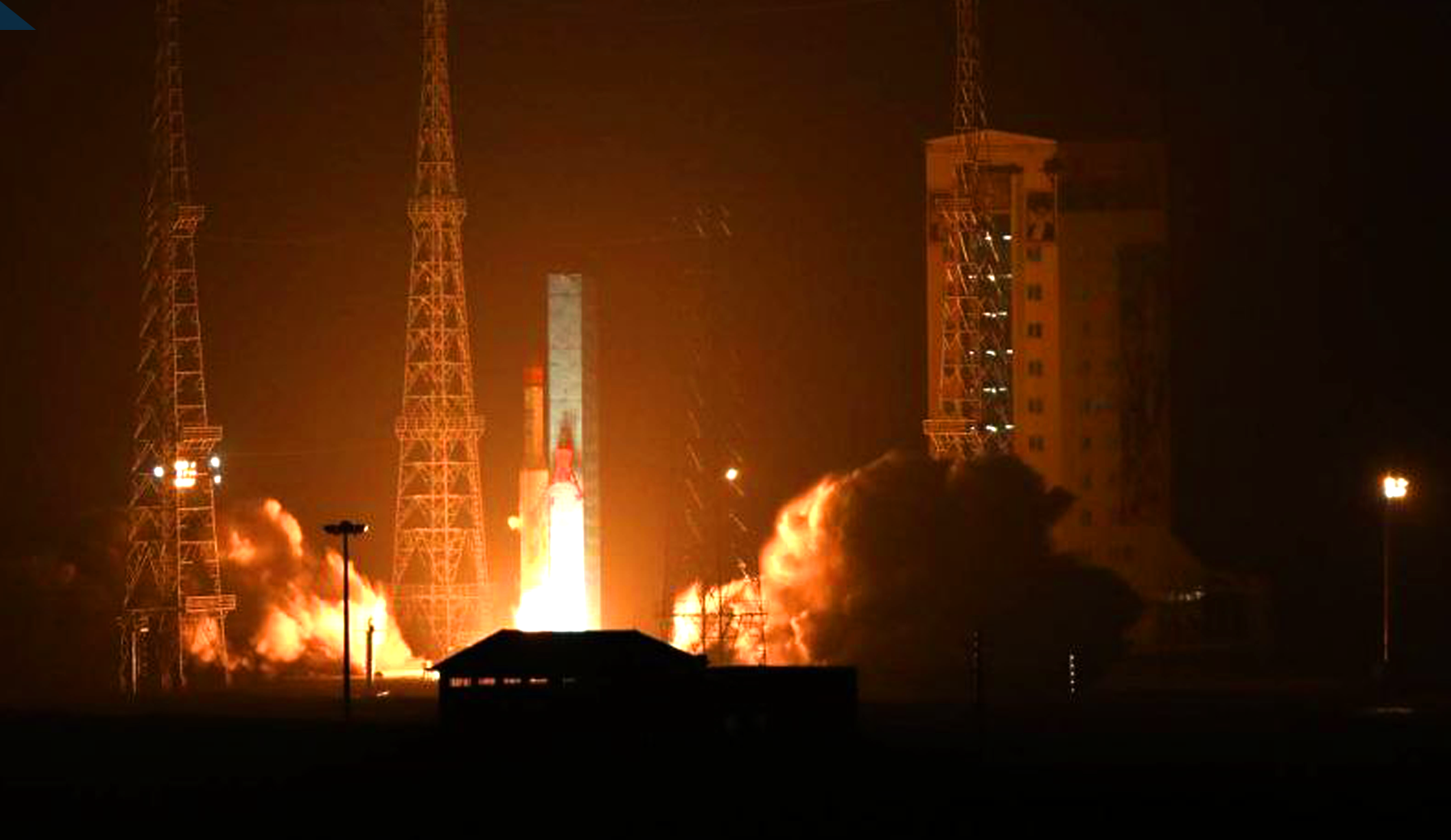
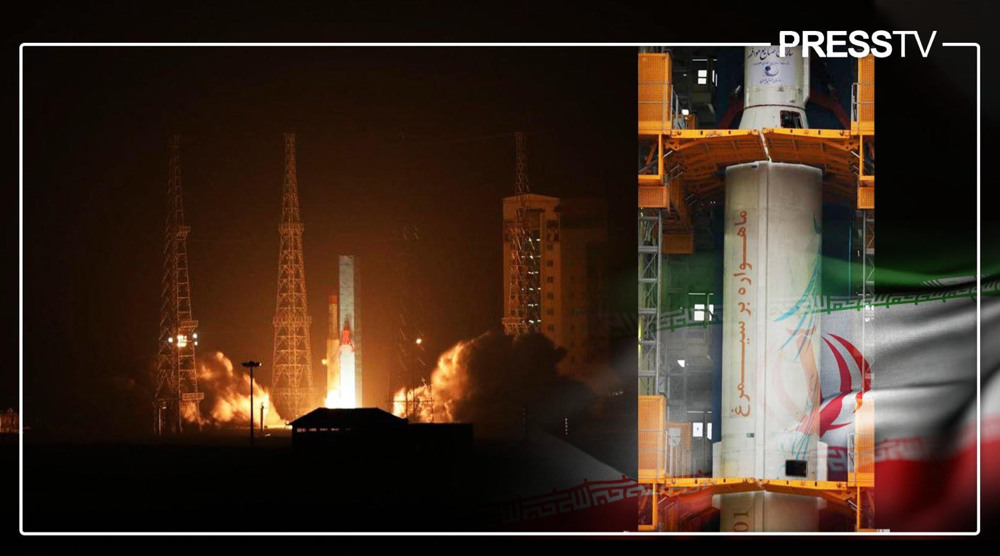
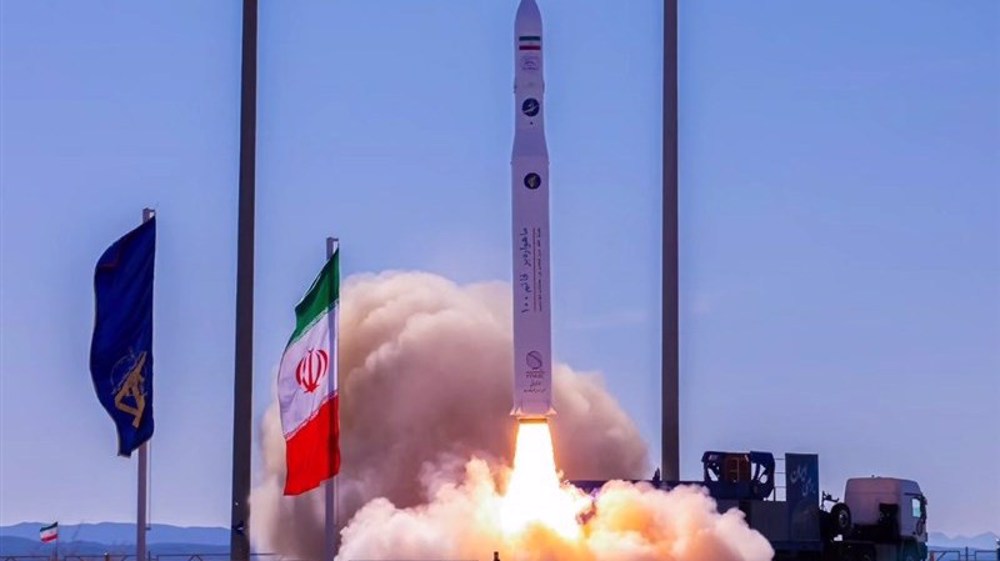
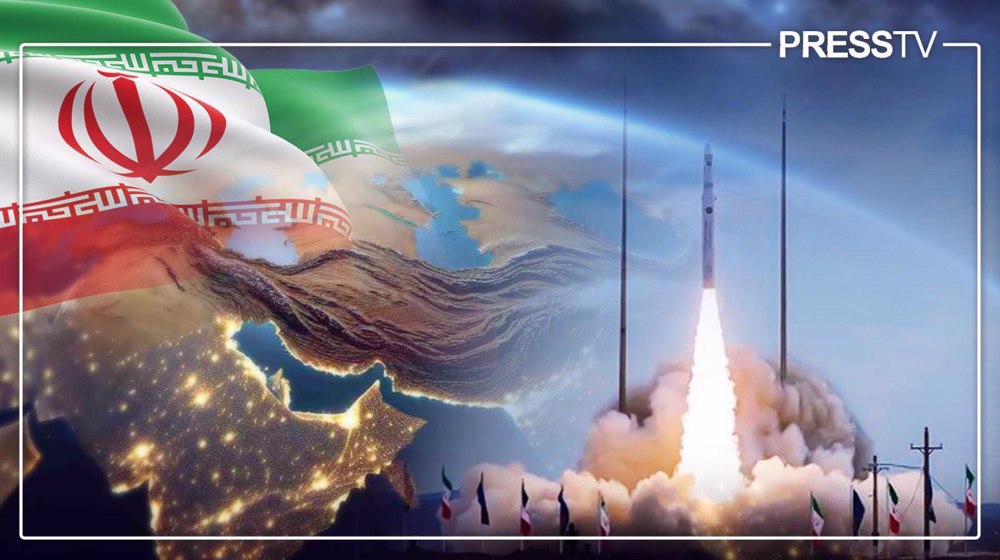

 This makes it easy to access the Press TV website
This makes it easy to access the Press TV website